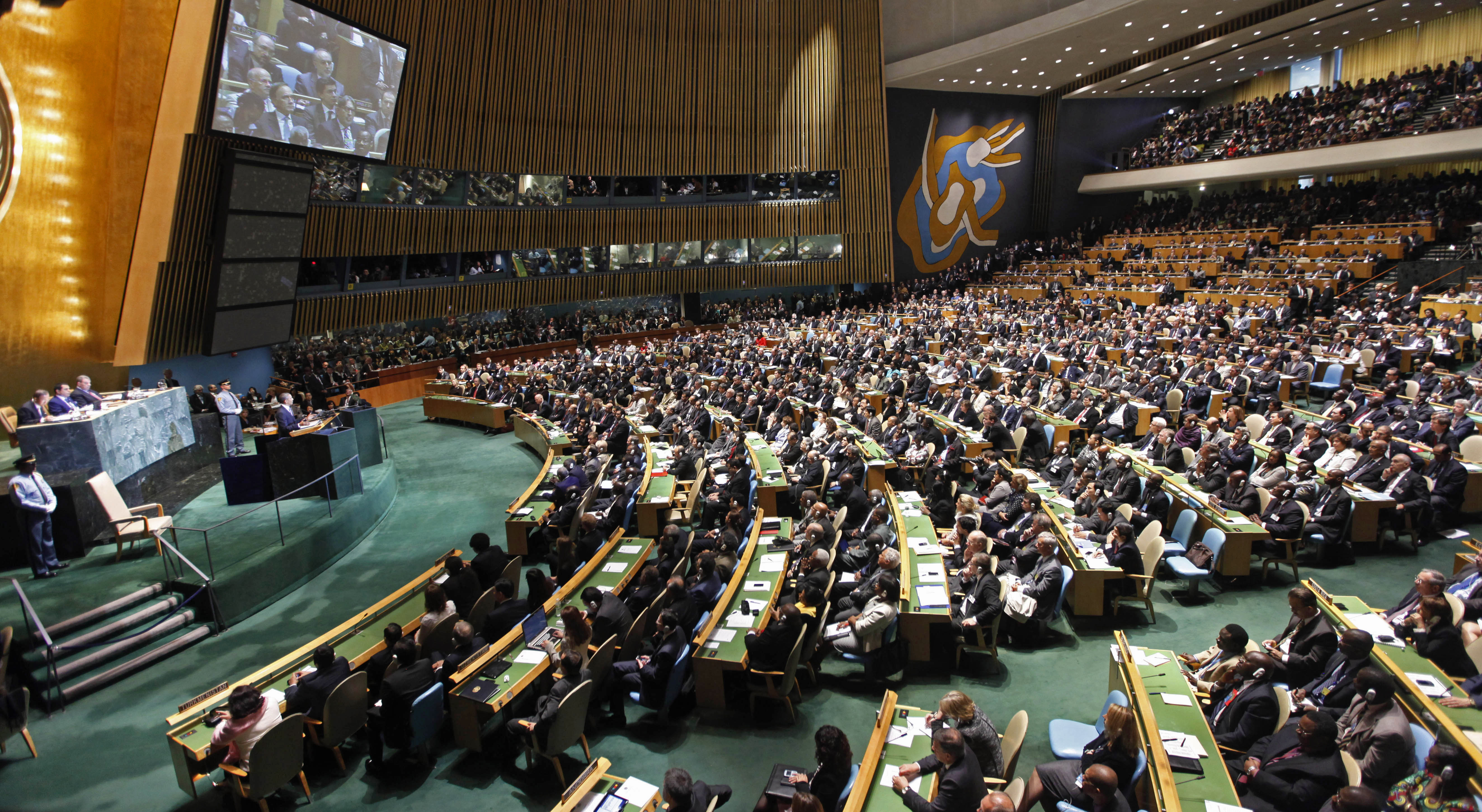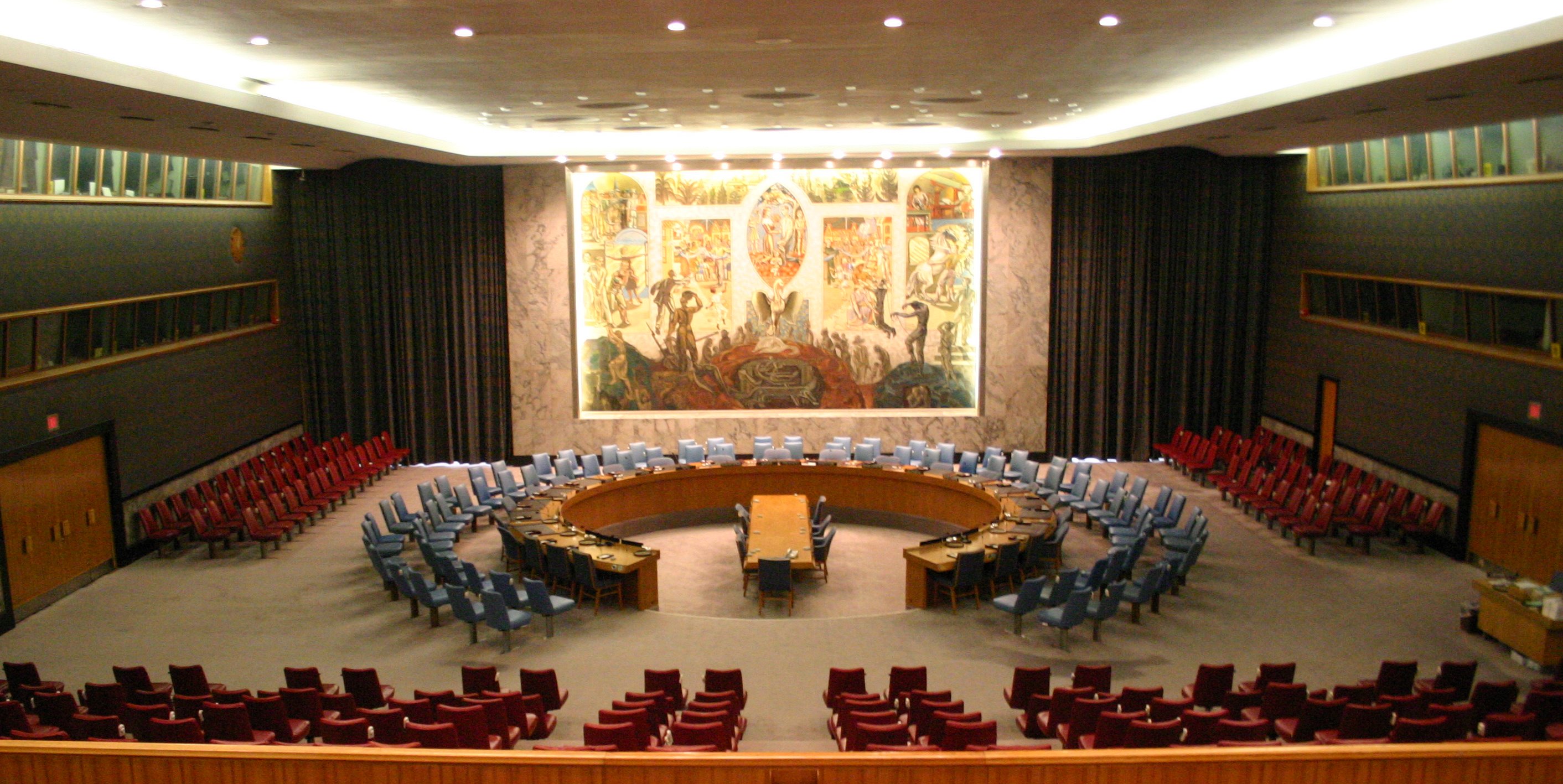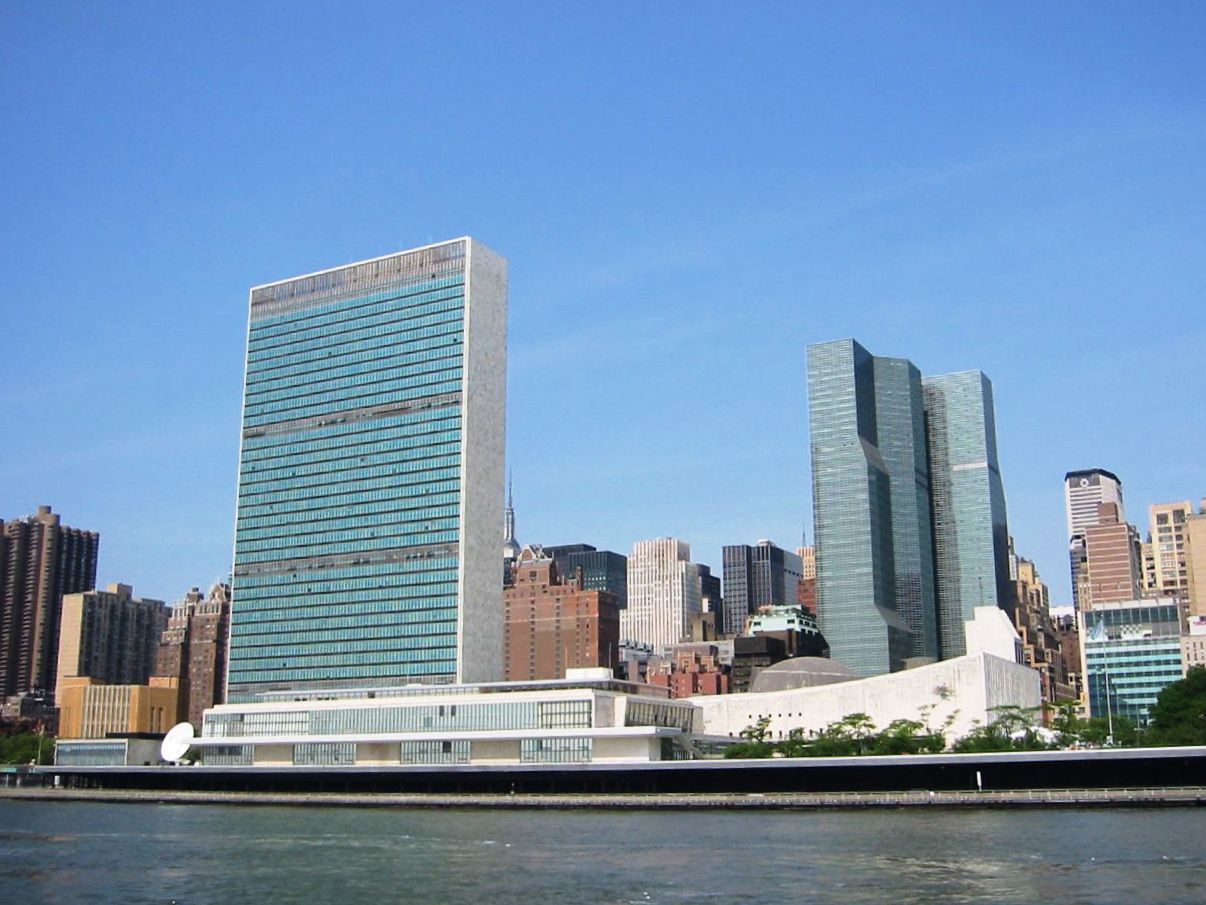This paper examines innovative approaches to domestic resource mobilization in selected Least Developed Countries. It covers various aspects of domestic resource mobilization with focus on the linkages to poverty reduction and growth. The areas addressed in this paper include: financial sector reform policies for growth and poverty reduction, Microfinancing, taxation for growth and poverty reduction, management of domestic debt, government spending targeted to crowd in private savings and investment (including public-private partnerships), and mobilization of private capita, including reversal of capital flight and more innovative and active participation in the international trade.
CDP Background Paper series

The aim of this paper is to summarize for discussion purposes arguments related to the debt crisis of poor developing countries and the attempts to cope with it through the HIPC Initiative.

This report was prepared to evaluate progress towards good governance in the context of the implementation of the Millennium Development Goals. The first part of the report reviews the concept of good governance as it has evolved over the past 15 years. Key defining properties of the concept of good governance are presented. The second part of the report examines current efforts to measure governance. As might be expected, different working definitions have led to the specification of different sets of indicators and indices of governance. The third part briefly reviews studies on governance that examine the relationship between good governance and other desired outcomes, such as poverty alleviation and policy performance.

CDP Background Paper No. 3
By Al Binger
This is a report on resource mobilization for poverty eradication in the least?developed countries. The first part of the?report provides an overview of the current challenges faced by the LD

This paper addresses the growing concern in the international community in recent years with the widening IT gap, or information divide so called, between urban and rural areas in developing economies and between the rich and the poor economies. The paper will first look at the current situation of management and utilisation of IT in developing economies and secondly at possible strategies and measures that the United Nations could take to assist developing countries to improve the management and utilisation of IT for efficient, effective, equitable and sustainable development.

The paper examines the trends and risks of economic globalization.
 Welcome to the United Nations
Welcome to the United Nations
